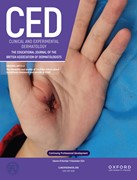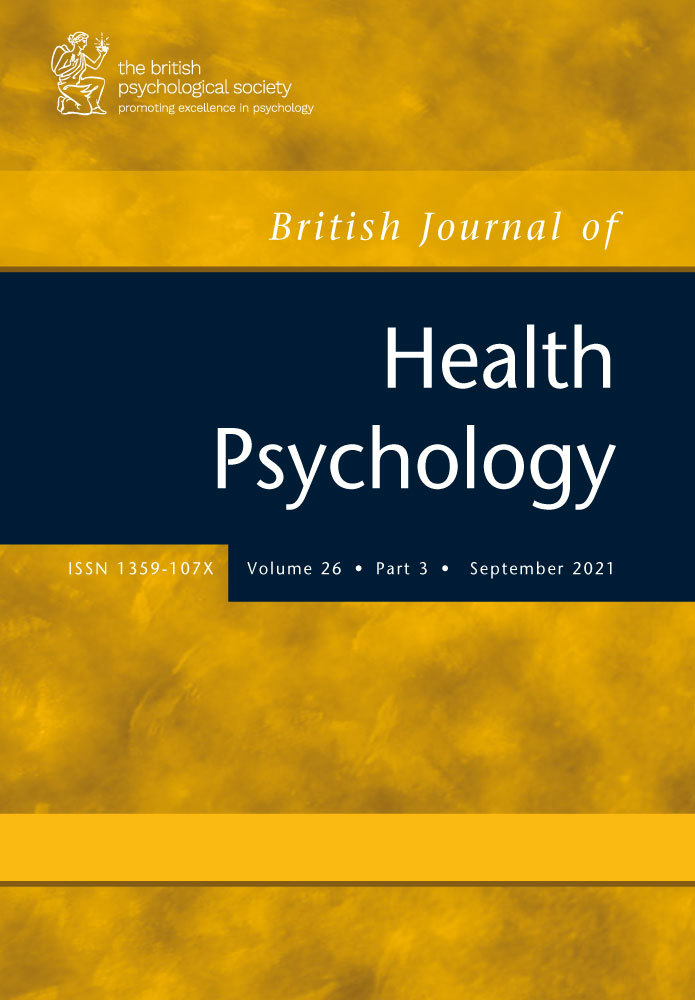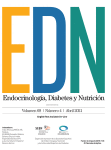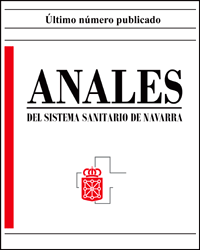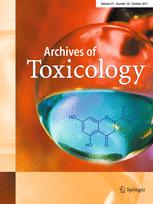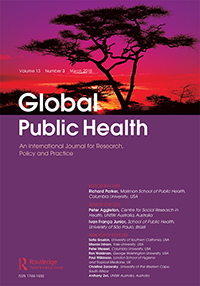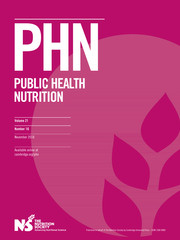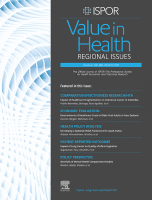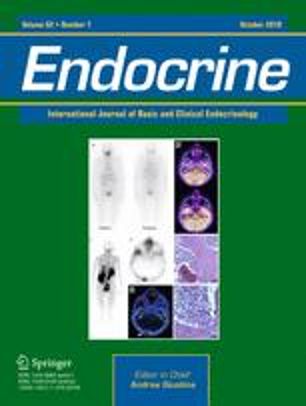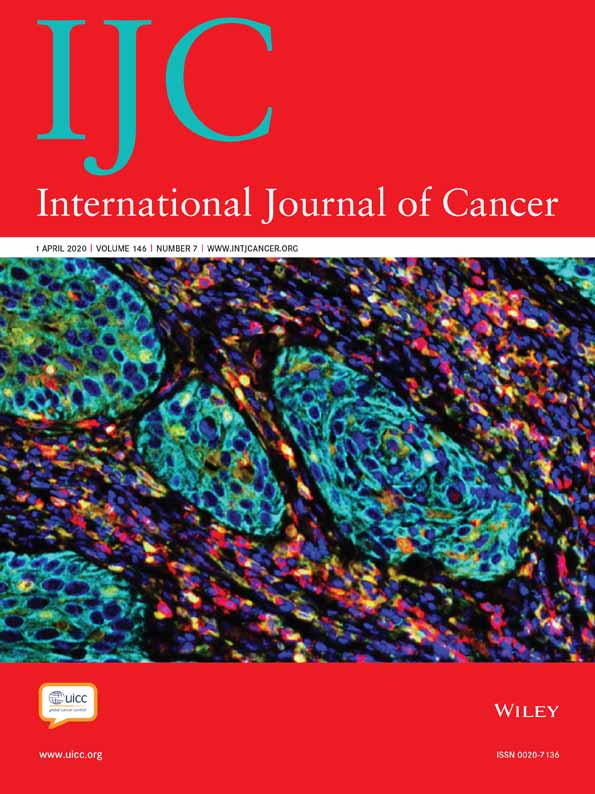Trends in cutaneous malignant melanoma incidence, mortality and survival over three decades: a population-based study in Southern Spain
Background Cutaneous malignant melanoma (CMM) represents a global public health problem. Epidemiological studies about CMM trends tend to focus on single indicators or lack information about tumour characteristics that can help gain a more thorough understanding of CMM epidemiology. Objectives To fill this gap, we studied CMM trends in incidence, mortality and survival over three…



